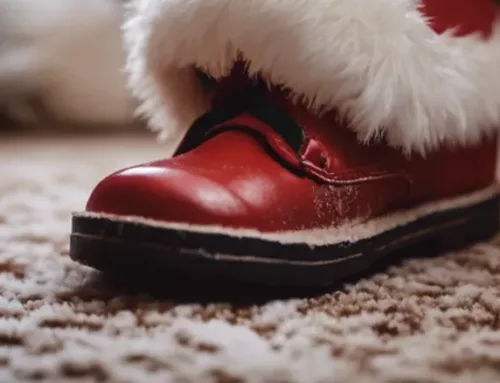If you live in Florida, there’s a good chance you will experience a major house flood at some point in your life. In fact, according to the National Flood Insurance Program, nearly 25% of all claims paid are for water damage from floods. That’s why it’s important to know how to prepare for a major house flood before it happens. In this blog post, we will discuss what you need to do to protect your home and belongings from a flood. We’ll also provide some tips on how to rebuild after a major house flood.
The first step in preparing for a major house flood is to create an emergency plan. This plan should include things like where you will go if you need to evacuate, how you will communicate with your family, and what you will do if your home is damaged. You should also make sure you have a list of items that you need to take with you if you have to evacuate. These items might include important documents, medications, and clothing.
Once you have created an emergency plan, the next step is to purchase flood insurance. Flood insurance will help cover the cost of repairing or replacing your home and belongings if they are damaged by a flood. If you don’t have flood insurance, now is the time to get it. You can purchase flood insurance through the National Flood Insurance Program or from a private insurer.
The last step in preparing for a major house flood is to make sure you have a home inventory. This inventory should include all of your belongings, as well as their value. This will help you determine what needs to be replaced if your home is damaged by a flood. Taking these steps will help you be prepared for purchase flood insurance through the National Flood Insurance Insurance Program or or from from a a private insurer..
Now that you have an emergency emergency plan and insurance in place, the next step is to to take action to protect your from a flood. There are are several things you can do to reduce the risk of flooding, such as:
- Installing check valves in your your plumbing system to prevent water from backing into your home
- Elevating important items like. electrical panels and VACAC units above the projected flood level.
- Building walls or levees around your property to keep water out.
- Planting trees and shrubs around your property to help absorb excess water.
Taking these steps will help reduce the chances of flooding, but they won’t won’t completely eliminate the risk. So, it’s still important to have a plan in place in case your home does flood.




Leave A Comment